How temperature affects plant growth – and how you can be sure your plants are warm enough
The temperature your plants grow in impacts a number of plant processes
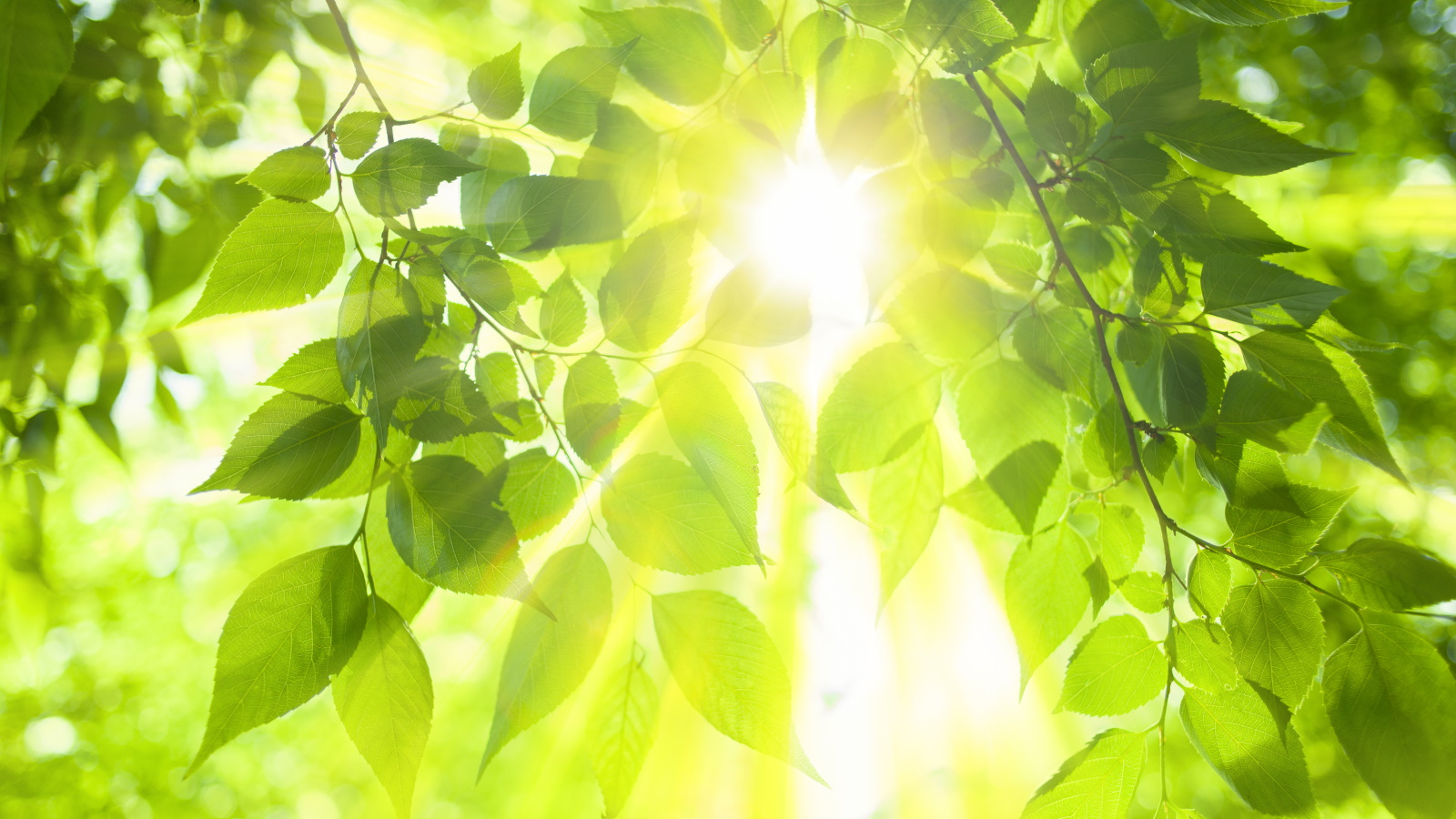

It's obvious to say plants need both warmth and light to grow, but have you ever wondered why exactly this is the case? Or, perhaps you're unsure why hardiness zones matter and how your local climate affects the ability for plants to grow.
Plants need sufficient warmth at every stage of their lifecycle - from seeds to mature plants. However, the optimal temperature required for healthy growth will differ between plants and depend on factors such as their native habitat. This also impacts which regions plants can grow in, which is why it's worth familiarizing yourself with what can grow in your US hardiness zone.
The same goes for indoor plants, as there are a range of cold-tolerant houseplants and those that need to be kept somewhere warmer to grow well. Here, we break down how temperature affects plant growth so you can have a better understanding of how to provide the optimal growing conditions for your plants.
How temperature affects plant growth
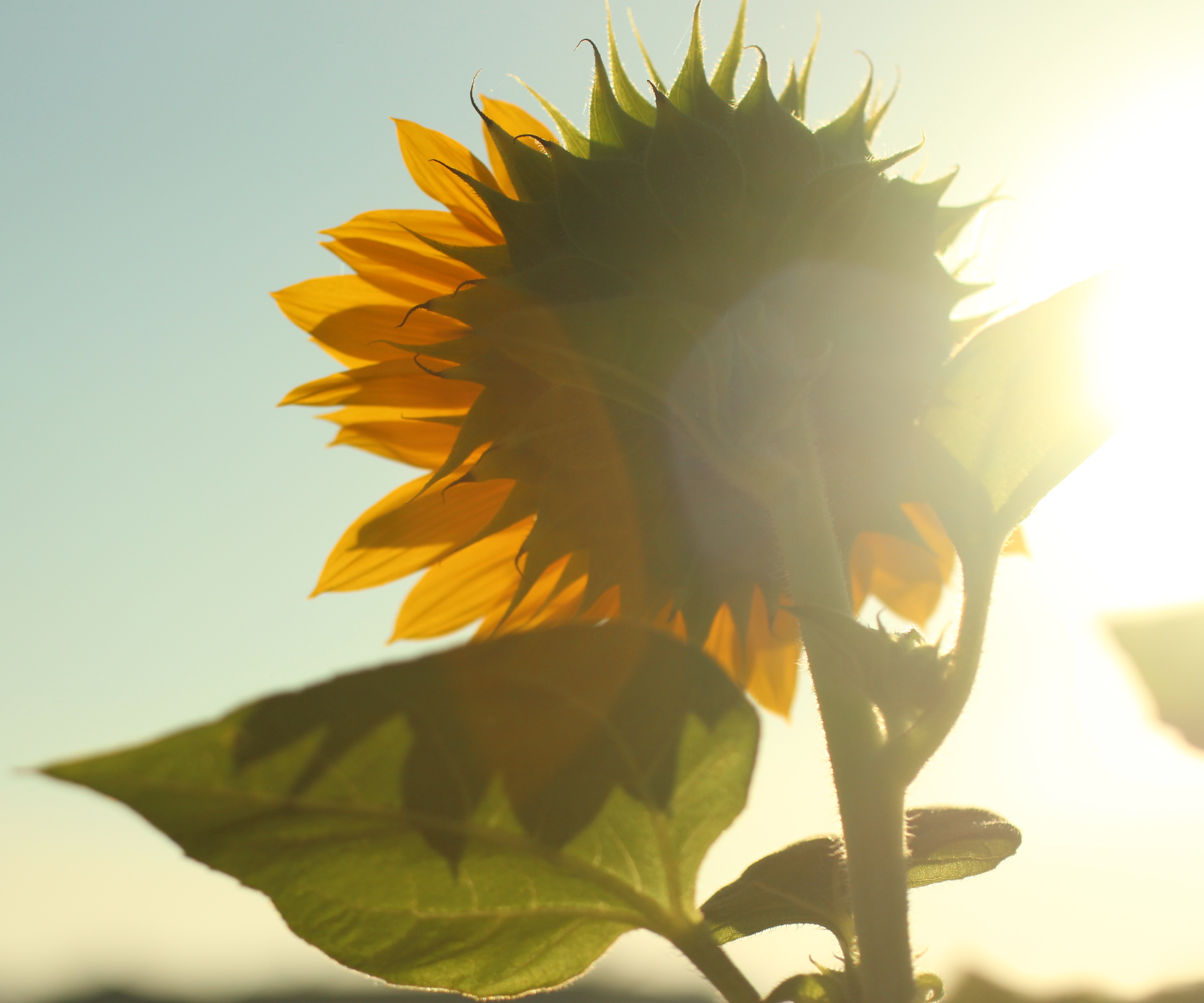
As well as needing essential plant nutrients, plants need a certain level of temperature for successful growth. This is because temperature aids plant processes, including photosynthesis, germination and flowering. As a result, the warmer seasons of spring and summer are typically when you observe plants actively growing, while the colder seasons of fall and winter will encourage some dormancy - although, it's important to note this seasonal pattern isn't necessarily the case for every plant.
Each type of plant will have an optimal temperature level in which they thrive. This level is reflective of their native habitat and growing outside this optimal temperature can negatively impact plants.
'High temperatures can cause excess transpiration and plants can wilt, sometimes to total collapse,' explains Chuck Pavlich, horticulture expert and Director of New Product Development at Terra Nova Nurseries.
Plants growing in the hotter climes of US hardiness zone 10+ may suffer if they are not suited to warmer temperatures, becoming dehydrated and possibly experiencing leaf scorch. Meanwhile, the high temperatures of these regions will see the likes of some Mediterranean plants and desert plants thrive, due to their ability to retain moisture well.
'Very cold temperatures can slow photosynthesis to a standstill, no matter how much light they receive, and plants die from having cells freeze and rupture,' Chuck says.
While there are many frost hardy plants, those that aren't tolerant to colder temperatures will need extra protection for winter. This is where overwintering your garden comes in - using things like this burlap from Amazon to wrap containers and stop roots freezing, for example.
The US hardiness zones map the temperatures of each region, allowing you to identify how well certain plants will grow in your local climate. 'Hardiness ratings also determine whether plants will perform as an annual or perennial. If perennial, hardiness zones will partially determine if the plants will be evergreen or deciduous,' Chuck explains.
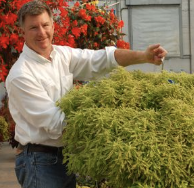
As Director of New Product Development at Terra Nova Nurseries, Chuck is responsible for new ideas for the breeders as well as overseeing the breeding process and shepherding new products to the world perennial market. Terra Nova Nurseries has introduced numerous new selections of Heucherella - hybrids of heucheras and tiarellas - along with other annuals and perennials.
Providing enough warmth for seedlings
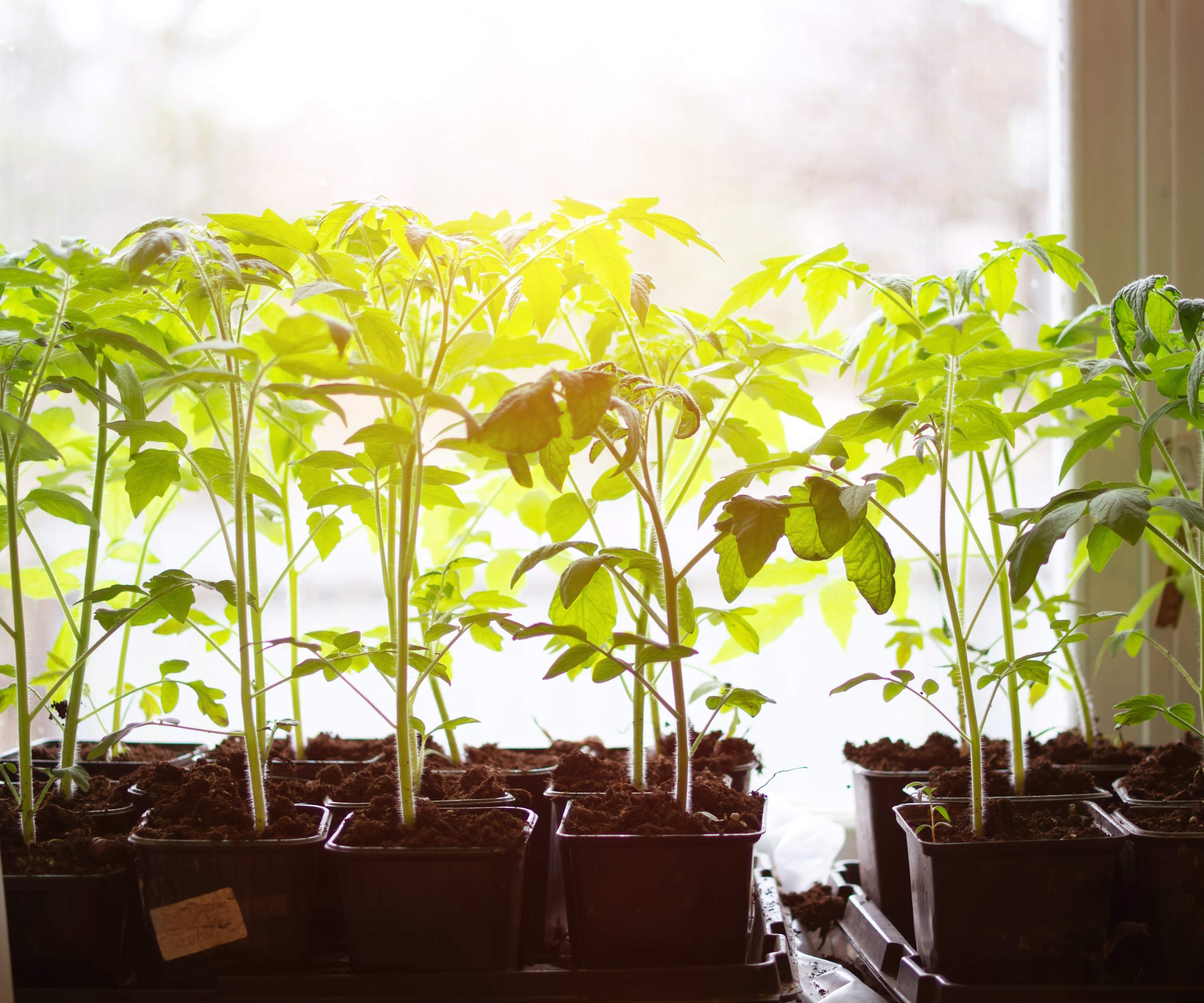
Temperature is also a big factor in seed germination and growing seedlings. One of the biggest seed sowing mistakes is not placing your seed tray in a warm enough spot.
That's why many gardeners often choose to sow seeds indoors, use a DIY indoor greenhouse or an indoor growing system, like this heat mat from Amazon. However, too much heat can also have a detrimental impact on the health of seedlings and ability for seeds to germinate.
'Some plants will not germinate with warmth, some plants need a cycle of heat and cold to germinate, and some, just cold,' explains Chuck. 'The key to finding the right spot is examining their native environment. Generally, a packet of seeds has germination instructions listed,' he adds.
Seed stratification is process where seeds are kept in cold conditions (often in a fridge) to trick them into thinking they're in a dormant season. Once they come out of stratification and into warmer temperatures, their active growth is kickstarted.
For this reason, it's important for seeds and seedlings to experience both cold and warm temperatures. As Chuck notes, you should always follow seed packet instructions. You can also use this thermometer from Amazon to keep track of the room temperature for your seedlings.
FAQs
Can you grow plants outside their hardiness zone?
US hardiness zones help identify how well plants will grow in different regions, based on the highest and lowest temperatures experienced in each zone. While it isn't always advised to grow plants outside of their zone, due to the lack of guarantee it will survive the winter, it isn't impossible to do so. 'Plants that are not in optimal conditions sometimes fail to thrive and perform poorly, but plants are more resilient than we give them credit for,' says Chuck Pavlich, horticulture expert and Director of New Product Development at Terra Nova Nurseries. 'Pay attention to the signals they are giving you, experiment and make guesses. Even if a plant isn’t listed for your zone, give it a shot but realize that it may only be an annual for you,' he suggests.
Now that you know more about how temperature affects plant growth, it's wise to research the temperatures your indoor and outdoor plants can withstand and make adjustments accordingly. This includes monitoring night temperatures as fall settles in and putting things in place to protect plants from frost.
Sign up to the Homes & Gardens newsletter
Design expertise in your inbox – from inspiring decorating ideas and beautiful celebrity homes to practical gardening advice and shopping round-ups.

Tenielle is a Gardens News Writer at Homes & Gardens. She holds a qualification in MA Magazine Journalism and has over six years of journalistic experience. Before coming to Homes & Gardens, Tenielle was in the editorial department at the Royal Horticultural Society and worked on The Garden magazine. As our in-house houseplant expert, Tenielle writes on a range of solutions to houseplant problems, as well as other 'how to' guides, inspiring garden projects, and the latest gardening news. When she isn't writing, Tenielle can be found propagating her ever-growing collection of indoor plants, helping others overcome common houseplant pests and diseases, volunteering at a local gardening club, and attending gardening workshops, like a composting masterclass.
-
 Kevin Bacon and Kyra Sedgwick's rustic kitchen island is stunning, but controversial – designers say you can get the look without the hassle
Kevin Bacon and Kyra Sedgwick's rustic kitchen island is stunning, but controversial – designers say you can get the look without the hassleA popular material finds an unorthodox home in the couple's kitchen, but experts disagree on whether it should be used – here's how to do it instead
By Sophie Edwards
-
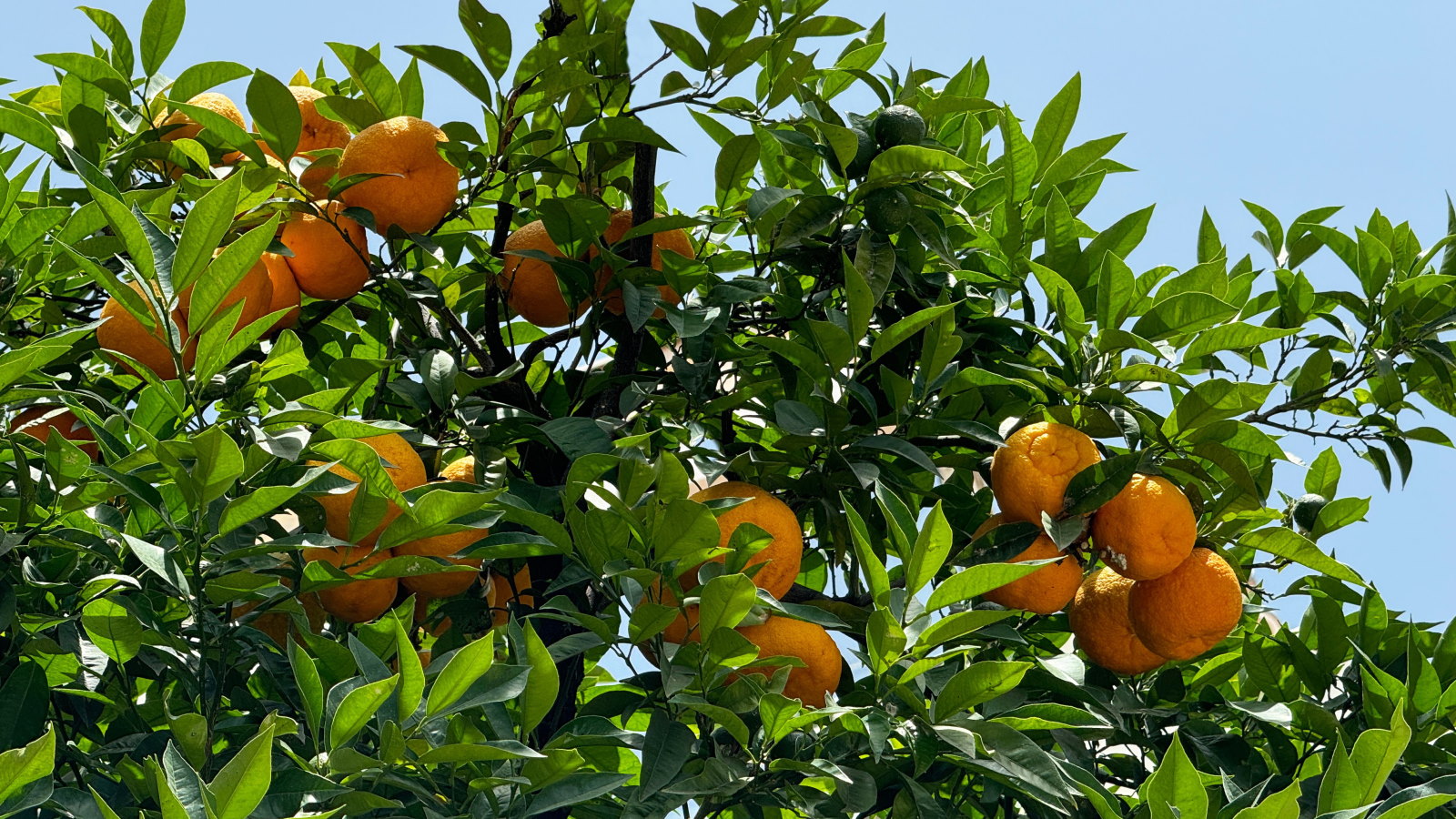 How to grow grapefruit for homegrown sweet and tangy, highly nutritious harvests – a fruit tree expert shares their planting and care tips
How to grow grapefruit for homegrown sweet and tangy, highly nutritious harvests – a fruit tree expert shares their planting and care tipsFrom planting to harvesting, this is all you need to know about grapefruit trees
By Drew Swainston